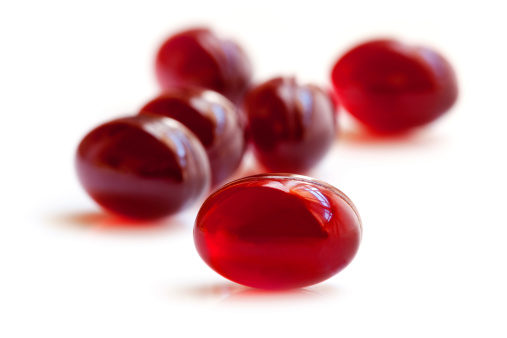Fosnavåg, Norway—Lipids in Health and Disease published the results of a study (sponsored by Olympic Seafood AS, maker of Rimfrost krill) that compared the bioavailability of DHA and EPA from krill and fish oil.
Researchers believed that the bioavailability of these fatty acids could be affected by their chemical bindings, but little is known on the fatty acids found in krill meal. In krill, 30–65% of EPA and DHA are bound as phospholipids, whereas fish oils’ DHA and EPA are mainly bound in triglycerides.
Researchers performed a randomized, single-blind, single-dose, and cross-over trial on 15 healthy adults, ages 18–65. The group was were asked to eat standardized meals during the 72-hour testing period as well as either 16 capsules of antarctic krill oil (Rimfrost Sublime), 12.3 g of antarctic kill meal mixed with yogurt (Rimfrost Genuine), or 10 capsules of fish oil (Bioteekin Kalaöljykapseli, Suomen Bioteekki Oy, Raisio, Finland). Each contained approximately 1,700 mg DHA and EPA. For 72 hours, researchers took several blood samples from the volunteers.
After analyzing the results, researchers found that krill oil had a higher bioavailability of EPA and DHA (89.08 ± 33.36% × h) than krill meal (44.97 ± 18.07% × h) or fish oil (59.15 ± 22.22% × h).. The different results of krill meal versus oil could mean that the phospholipid binding of EPA and DHA is not responsible for the longer bioavailability, but additional research is needed on this front.
Posted on 4/24/15










